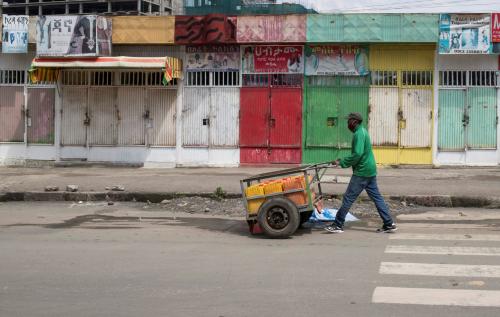Introduction
How can we make sense of where the United States is in Afghanistan today? A poor country, wracked by 30 years of civil war, finds itself at the mercy of insurgents, terrorists, and narco-traffickers. NATO’s economy-of-force operation there has attempted to help build a nation with very few resources. Yet, overall levels of violence remain relatively modest by comparison with other violent lands such as the Congo, Iraq, and even Mexico. Economic growth is significant and certain quality of life indicators are improving, though from a very low base. The United States is committed to Afghanistan and over the course of 2009 will roughly double its troop strength there. The international community is also seriously committed, with a number of key countries such as Canada, the Netherlands, and the United Kingdom fighting hard and applying solid principles of counterinsurgency.
Based in part on a December 2008 trip to Afghanistan with the Canadian military, I came away with the impression that the situation in Afghanistan was fairly bad, but the prospects for the future are reasonably good, at least relative to the standards and expectations of the Afghan people.1 Since prevailing in counterinsurgency is largely about sustaining the support of the indigenous population, this is a hopeful sign. Moreover, the incoming Obama administration has made its commitment to this war clear, presumably ensuring that U.S. political support for the mission will endure for a considerable period. The year 2009 is likely to be bloody as the additional U.S. forces establish themselves in the country. Will the additional troops, however, bring about a turning point in the war? In other words, will the extra forces enable the United States and its allies to cap the violence and also to focus more on the development of the security sector of Afghanistan and the political reconciliation process?



Commentary
Toward Reconciliation in Afghanistan
March 24, 2009